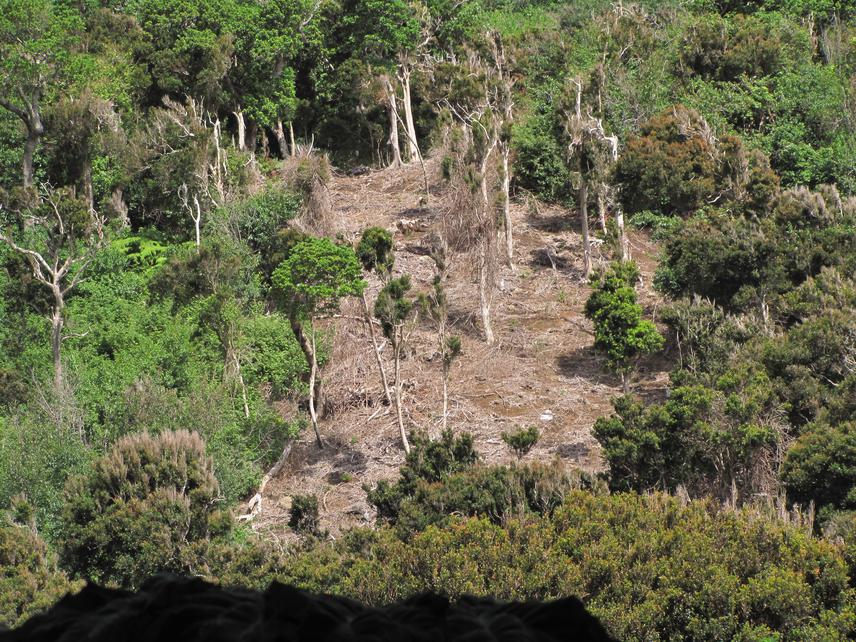Cecilia Smith
Other projects
25 Nov 2010
Removal of Exotics Plants in Threatened Forests of Juan Fernandez Archipelago, Chile
The aim of the project is to generate information regarding the propagation of Juan Fernandez ferns, to cultivate and to establish this knowledge at the community.
The Juan Fernandez Archipelago, Chile presents an extraordinary endemism and is considered one of the two worlds mini-hotspots, join with Galapagos. The JFA is considered by WWF/IUCN as a Centre of Plant Biodiversity and is considered by Durrell Conservation Trust the number one priority to conserve in the world.

Through the first round of Small Rufford Grants, we established experimental gaps along different sloping areas and removed invasive shrubs on the border between an endemic forest and a dense layer of invasive vegetation. In these gaps, we measured the erosion in the naked soil after removal and planted native fern propagules. We found erosion to be severe and adult fern transplants an inefficient technique. Therefore we needed to improve fern establishment techniques before the invasive species recolonize the area and outcompete native vegetation.
Recently, we developed a technique to germinate ferns by spores which is highly efficient, and we hope to apply this to systematize knowledge about spore germination techniques of JFA's native ferns. With this project, we will move one year old ferns from mainland to a greenhouse on Robison Crusoe Island. Furthermore, we will cultivate other fern species in JFA's greenhouse for the purpose of propagation on the island. To apply techniques of fern cultivation and restoration to restore native vegetation. When the fern's propagules are one and a half years old, they will be transplanted to the field, specifically into gaps created by the invasive plant removal. We will assess specific requirements of each species, with the aim of accelerating their establishment.
The germination, development, and growth of each species of fern will be measured. We hope that in another six months the fern cover can considerably stop the soil erosion and deter the entrance of light to the soil, thus avoiding the germination of the seeds of invasive shrubs. The results of these essays will be published join with results of first Rufford Small Grant about soil erosion in forest gap.
The knowledge accumulated in the above two points will be shared among the JFA community train the local community of JFA in fern germination and cultivation, including park rangers, environmentalists and all other persons interested in propagating the threatened native ferns either in their yard or in the JFA National Park. Furthermore, we will generate a document summarizing the techniques and methods of propagation of each native fern species of JFA.